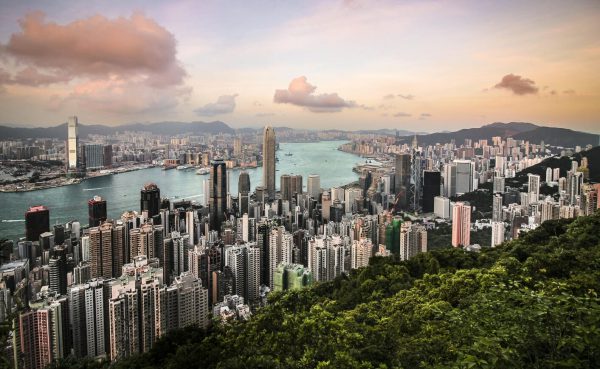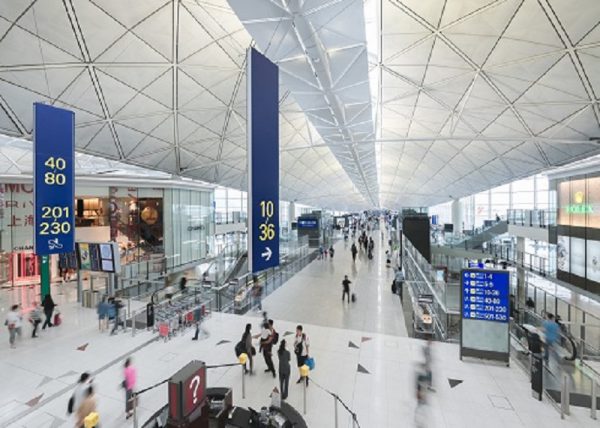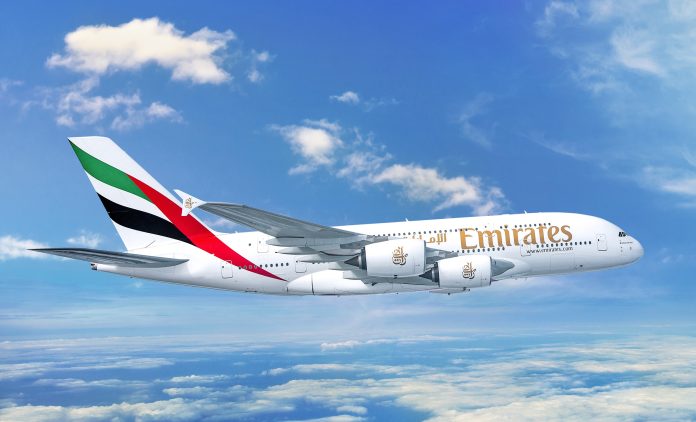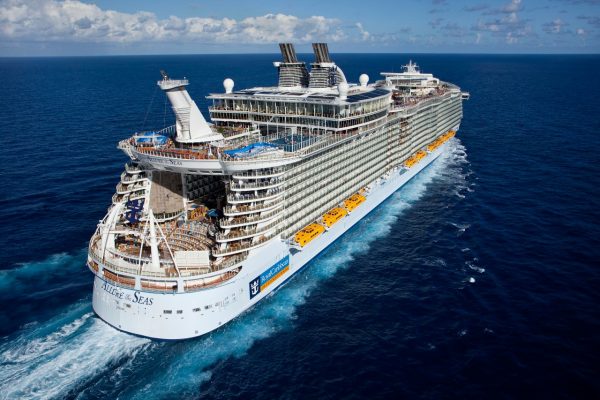SINGAPORE, 27 April 2023: Norwegian Cruise Line Holdings Ltd. (NYSE: NCLH), a leading global cruise company which operates Norwegian Cruise Line, Oceania Cruises and Regent Seven Seas Cruises, recently launched its revamped climate action strategy along with short- and near-term greenhouse gas (“GHG”) targets to support the company’s ambitious pursuit of net zero by 2050.
These actions underscore the company’s robust commitment to decarbonisation as part of its global sustainability programme, Sail & Sustain.
Key components of the company’s new interim GHG reduction targets include:
- Reduce GHG intensity by 10% by 2026 and 25% by 2030, compared to a 2019 baseline with intensity measured on a per capacity day basis.
- The targets cover the company’s emissions from its ships, islands and facilities (Scopes 1 & 2) and upstream fuel- and energy-related activities, including well-to-tank emissions (a portion of Scope 3). The targets will capture the full well-to-wake emissions impact of the company’s fuel consumption.
- Interim targets provide a roadmap to support the company’s existing net zero by 2050 ambition. The scope of this commitment expands to the company’s entire greenhouse gas footprint, including its vast network of suppliers and partners across its value chain.
“We are proud to further refine and strengthen our climate action strategy and commitments including by setting milestone GHG intensity reduction targets which will guide us on our ambitious pursuit of net zero by 2050,” said Norwegian Cruise Line Holdings Ltd president and chief executive officer-elect Harry Sommer.


“Every aspect of our business, from shoreside to shipboard, is responsible for doing their part to design, deliver and demonstrate results for decarbonisation. Our board of directors has reinforced this expectation by establishing shared accountability and tying incentives for our entire management team to this critical effort. We also recently took an important step forward on our pursuit of net zero by announcing the modification of two of our future Prima Class newbuilds to accommodate the use of green methanol in the future.”
Sommer continued: “We are also activating and mobilising our full network of team members, ports and destinations, suppliers and partners, and guests to act now and join us on this transformative journey, further amplifying the efforts we could achieve on our own.”
The company’s revamped climate action strategy is centred around three pillars – efficiency, innovation and collaboration.
Efficiency
The focus is on optimising efficiency for its existing fleet, which can immediately impact onboard power consumption and GHG emissions and generate fuel savings. This includes ongoing investments in systems and technologies, such as HVAC system upgrades and waste heat recovery systems, as well as operational enhancements, such as smart itinerary and voyage planning and optimisation of hotel operations. Operational changes require data, education and accountability.
Innovation
Innovating for long-term solutions and technologies, including those that support the ability to operate on green fuels. Since 2022 is the priority. The company has completed tests of biofuel blends on multiple ships, in which a blend of approximately 30% biofuel and 70% marine gas oil has been used. The company believes biodiesel is a viable transition fuel supporting decarbonisation as long-term solutions are tested and scaled.
Longer-term, the company views green methanol as a promising solution and recently announced the modification of Norwegian Cruise Line’s final two Prima Class ships, expected to be delivered in 2027 and 2028, to accommodate the use of green methanol as an alternative fuel source in the future. While additional modifications will be needed to fully enable the use of methanol in addition to traditional marine fuel on these ships, this reinforces the company’s commitment to decarbonisation. The use of green methanol would result in a drastic reduction in emissions, including an up to 95% reduction in CO2, and its properties enable the continued use of conventional fuel storage and bunkering with fewer modifications compared to other emerging fuels in the market at this time. However, the production of green methanol is still in the early stages and will require continued investments to scale for distribution and consumption globally sufficiently.
Collaboration
The pathway to net zero will be complex. It will require significant collaboration across the company’s network of stakeholders, including suppliers, communities, governments and non-governmental organisations (NGOs), to collectively partner and find solutions to combat climate change.
The company is continuously exploring partnerships to champion efforts surrounding the development of green fuels along with the global infrastructure to produce, store and distribute these fuels. The company also views cross-sector collaboration as a catalyst for effective and accelerated change. It is active in industry associations, such as the Methanol Institute, and regional forums. For example, the company is a first-mover partner of the Pacific Northwest to Alaska Green Corridor, a collaborative effort between ports, governments and cruise operators in the region to explore a maritime green corridor aimed at accelerating the deployment of zero GHG emission ships and operations between Alaska, British Columbia, and Washington.
In addition, the company continues to actively partner with key ports to accelerate the use of shore power technology which allows cruise ships to connect to onshore electrical power grids to supply much of the power needed while docked. While the land-based infrastructure expansion is underway, the company is also equipping its ships with the technology needed to plug in, targeting to have approximately 70% of its fleet equipped by 2025.
“We are encouraged to see the significant progress and momentum across sectors to decarbonise, but fundamental challenges continue to exist for the cruise industry to fully decarbonise by 2050,” said Jessica John, vice president of ESG, Investor Relations and Corporate Communications of Norwegian Cruise Line Holdings Ltd. “Rather than waiting for these challenges to dissolve, our strategy is about acting now to implement efficient solutions today, innovate for future solutions and collaborate with our stakeholders along the way. Underpinning this strategy is good governance and effective risk management as we work to advance our climate action efforts and build our company’s resilience.”
Norwegian Cruise Line Holdings Ltd.
(Source: NCLH)













